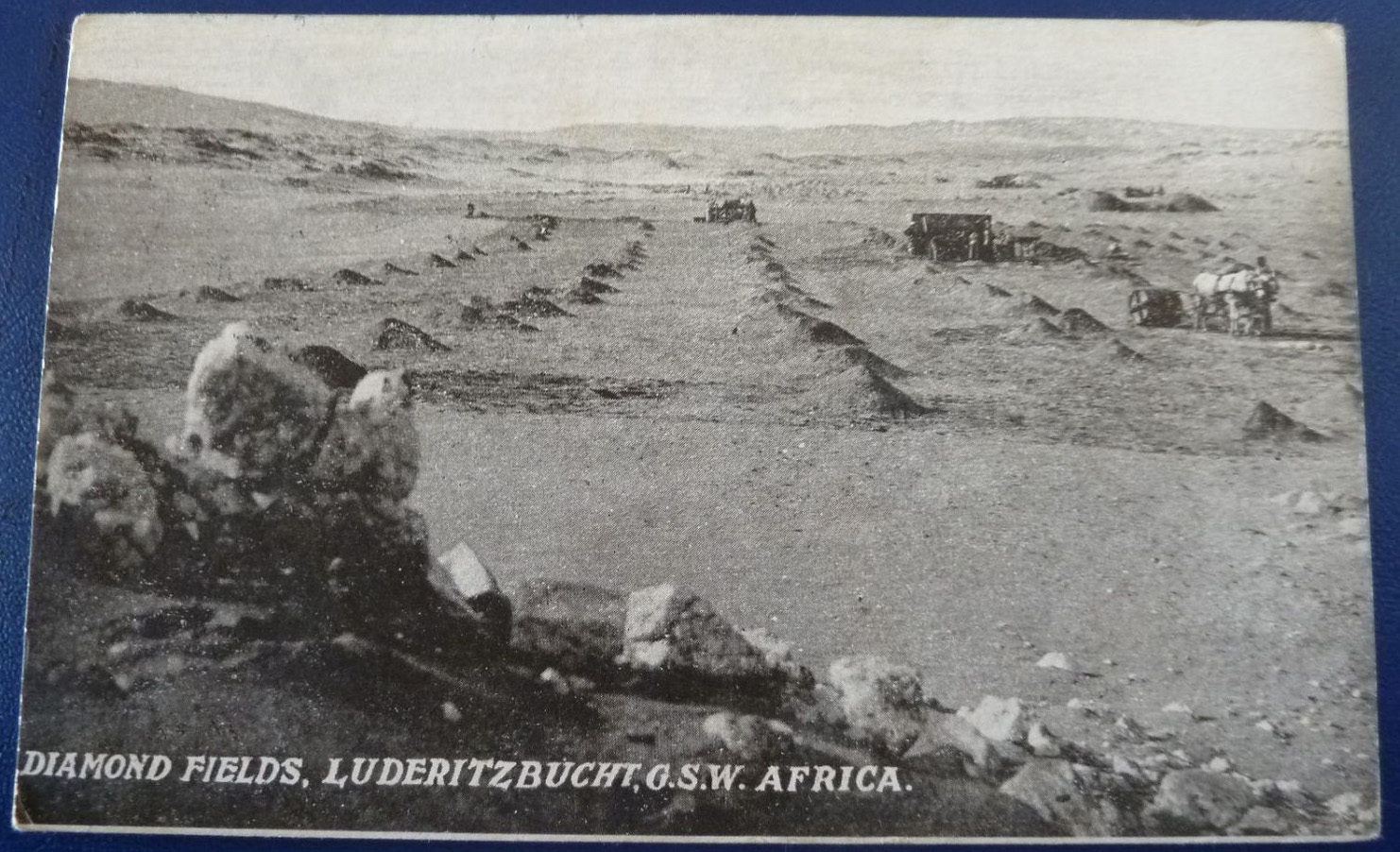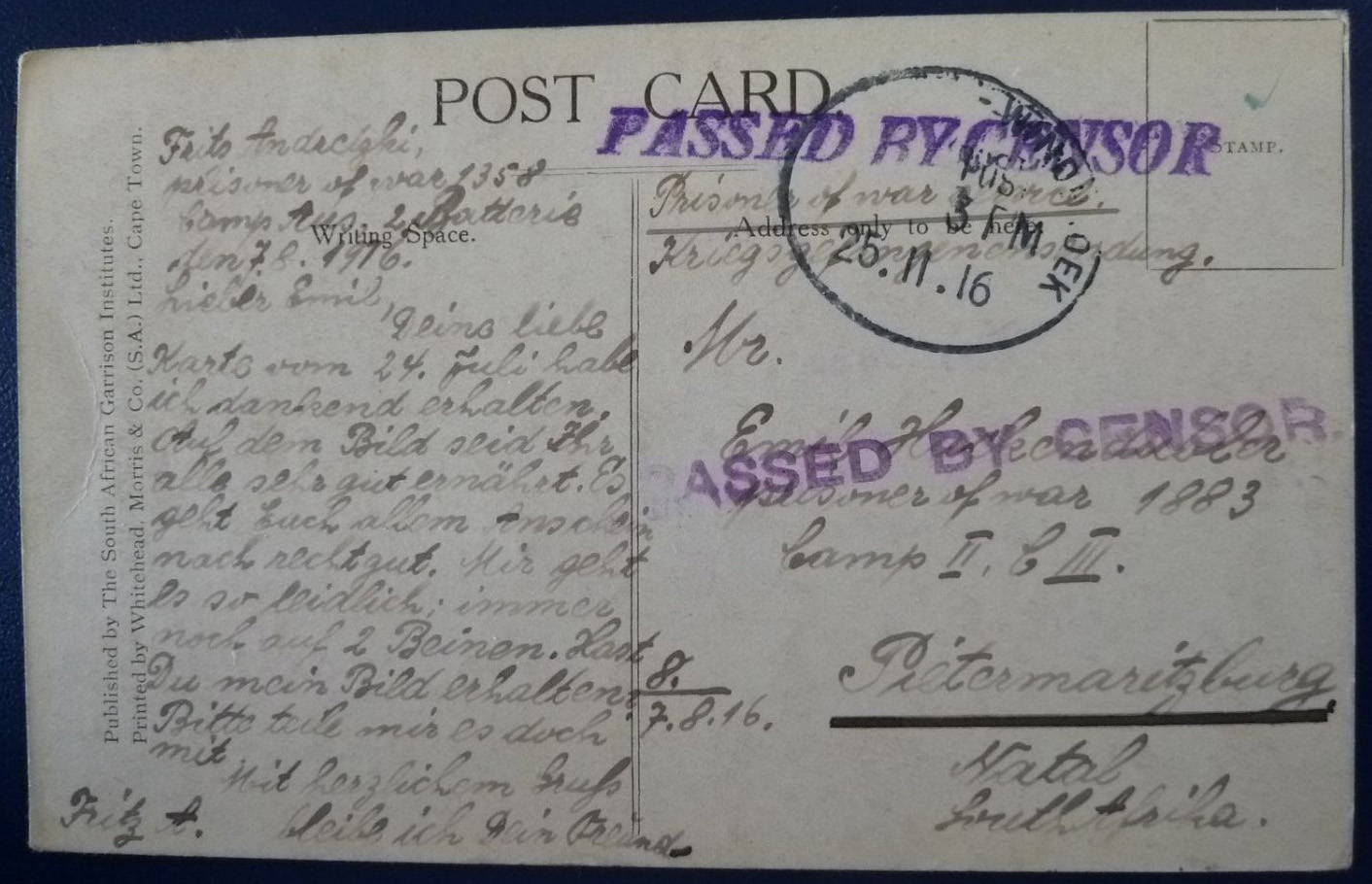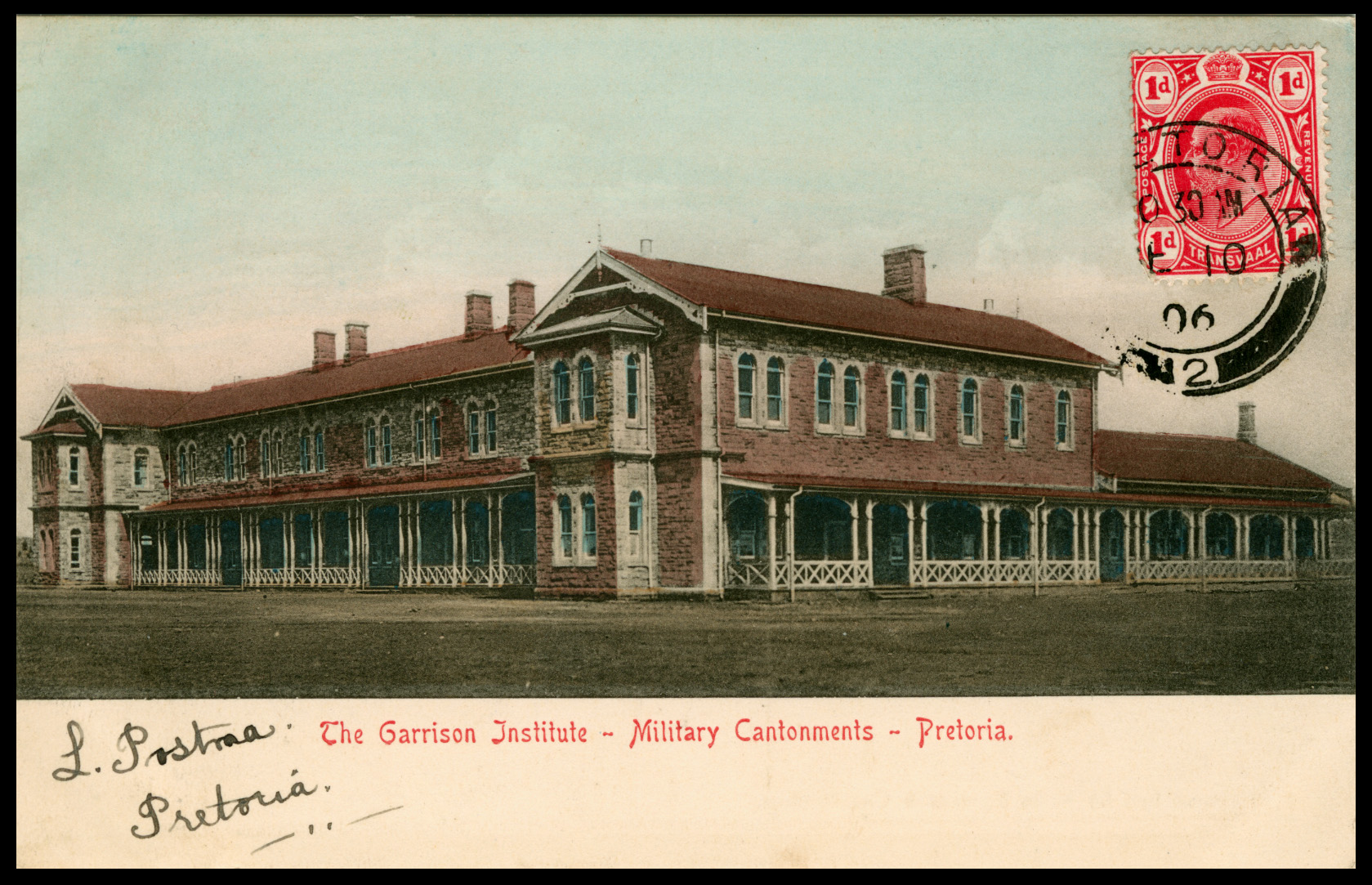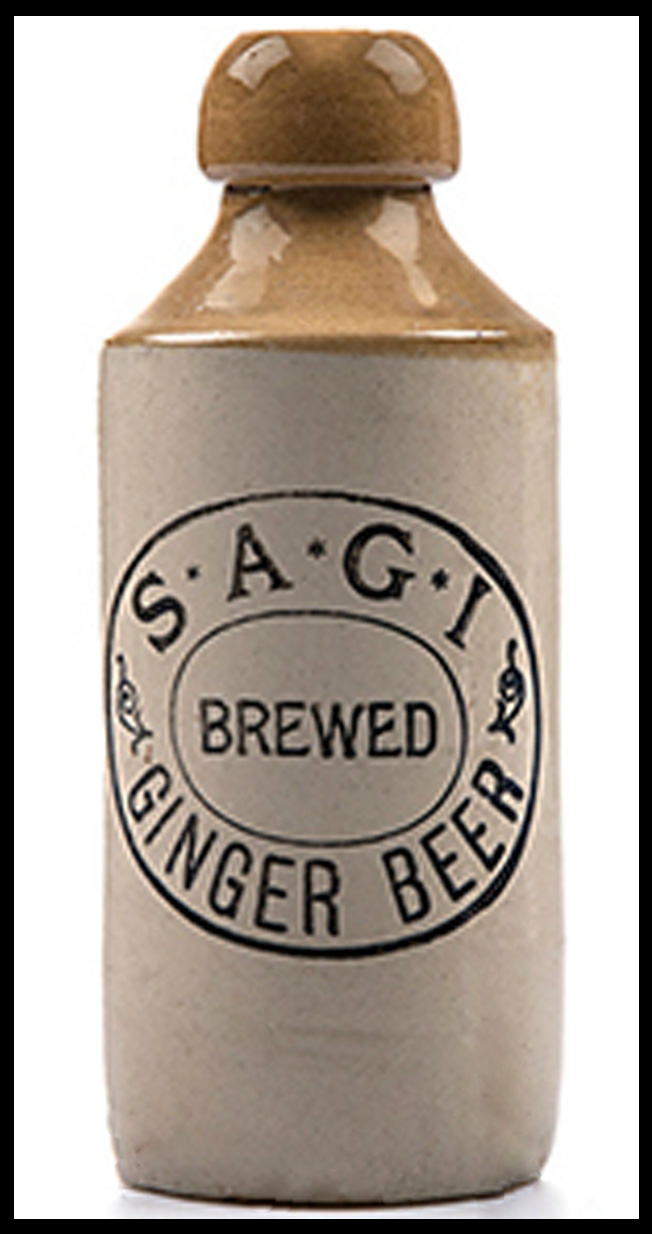German Inter-POW Camp Mail in WW1
Quote from Steve on March 23, 2022, 11:25 amI purchased the postcard below a few days ago. I haven't recived it yet, hence the poor scans.
1918. Postcard. 'Diamond Fields, Luderitzbucht, G.S.W. Africa'.
AUS POW Camp (undated) via Windhoek '25.11.16' to PIETERMARITZBURG POW Camp (undated).
Published by The South African Garrison Institutes.
Printed by Whitehead, Morris & Co. (S.A.) Ltd., Cape Town.I guess one 'Passed by Censor' marks was applied in Aus, the other in PMB. But which is which? Based on the covers I have, Aus used the lower non-serrifed, non-italicised PBC. The topmost PBC was presumably applied in PMB.
I bought this for Part 2 of my GSWA display. I have read that some Germans Schutztruppe ended up in the Fort Napier, Pietermaritzburg POW Camp. I have always been relucatant to believe that because I thought that Fort Napier's prisoners were internees, your average German shopkeeper or technician picked up in the first days of WW1 for being an 'enemy alien', rather than surrendered fighting men. If anyone can advise me further about this I will be most appreciative. As you can see from the postcard below it has been sent by a POW in Aus addressed to a POW in PMB, not an internee. Can we conclude that some German South West Africa Schutztruppe ended up in Fort Napier? Or not?
Thepostcard was published by SAGI (South African Garrison Institutes), the Imperial Garrison shop in each camp. It was started by Field Marshal Lord Roberts, British Commander-in-Chief in South Africa during the SAW to provide his army with canteen facilities that offered goods and services at reasonable prices. It was not a South African institute, but a profitable semi-military British institution appointed to supply the Imperial troops in SA with refreshments and comforts, (a precursor of the NAAFI). You can see in the postcard of SAGI in Pretoria how profitable it must have been. The building was built entirely from the profits made. Some SAGI camps brewed their own ginger beer which they sold in earthenware bottles. Ginger beer was popular Edwardian era 'cool drink'.
SAGI suffered a mortal financial blow when the Imperial Garrison was withdrawn from SA in 1914 for service in Europe. However, it gained new customers in the Union Defence Force (UDF). On 26 September 1914, a special meeting of the Directors of SAGI was held at the Castle in Cape Town, the headquarters of the South African (Imperial) Military Command. An agreement was reached between Major-General CW.Thompson, chairman of the SAGI Board of Directors, and lieutenant-Colonel R.H.Rice, on behalf of the UDF, that SAGI would supply the staff and stock for field canteens that serviced the needs of the UDF columns invading German South West Africa. It's hard to imagine crates of ginger beer in eartheware bottles being transported into the interior of SWA to quench the thirst of UDF troops. The Germans must have had the last laugh. Until defeated they drank Windhoek lager (but sadly warm!).
I purchased the postcard below a few days ago. I haven't recived it yet, hence the poor scans.
1918. Postcard. 'Diamond Fields, Luderitzbucht, G.S.W. Africa'.
AUS POW Camp (undated) via Windhoek '25.11.16' to PIETERMARITZBURG POW Camp (undated).
Published by The South African Garrison Institutes.
Printed by Whitehead, Morris & Co. (S.A.) Ltd., Cape Town.
I guess one 'Passed by Censor' marks was applied in Aus, the other in PMB. But which is which? Based on the covers I have, Aus used the lower non-serrifed, non-italicised PBC. The topmost PBC was presumably applied in PMB.
I bought this for Part 2 of my GSWA display. I have read that some Germans Schutztruppe ended up in the Fort Napier, Pietermaritzburg POW Camp. I have always been relucatant to believe that because I thought that Fort Napier's prisoners were internees, your average German shopkeeper or technician picked up in the first days of WW1 for being an 'enemy alien', rather than surrendered fighting men. If anyone can advise me further about this I will be most appreciative. As you can see from the postcard below it has been sent by a POW in Aus addressed to a POW in PMB, not an internee. Can we conclude that some German South West Africa Schutztruppe ended up in Fort Napier? Or not?
Thepostcard was published by SAGI (South African Garrison Institutes), the Imperial Garrison shop in each camp. It was started by Field Marshal Lord Roberts, British Commander-in-Chief in South Africa during the SAW to provide his army with canteen facilities that offered goods and services at reasonable prices. It was not a South African institute, but a profitable semi-military British institution appointed to supply the Imperial troops in SA with refreshments and comforts, (a precursor of the NAAFI). You can see in the postcard of SAGI in Pretoria how profitable it must have been. The building was built entirely from the profits made. Some SAGI camps brewed their own ginger beer which they sold in earthenware bottles. Ginger beer was popular Edwardian era 'cool drink'.
SAGI suffered a mortal financial blow when the Imperial Garrison was withdrawn from SA in 1914 for service in Europe. However, it gained new customers in the Union Defence Force (UDF). On 26 September 1914, a special meeting of the Directors of SAGI was held at the Castle in Cape Town, the headquarters of the South African (Imperial) Military Command. An agreement was reached between Major-General CW.Thompson, chairman of the SAGI Board of Directors, and lieutenant-Colonel R.H.Rice, on behalf of the UDF, that SAGI would supply the staff and stock for field canteens that serviced the needs of the UDF columns invading German South West Africa. It's hard to imagine crates of ginger beer in eartheware bottles being transported into the interior of SWA to quench the thirst of UDF troops. The Germans must have had the last laugh. Until defeated they drank Windhoek lager (but sadly warm!).
Uploaded files:



